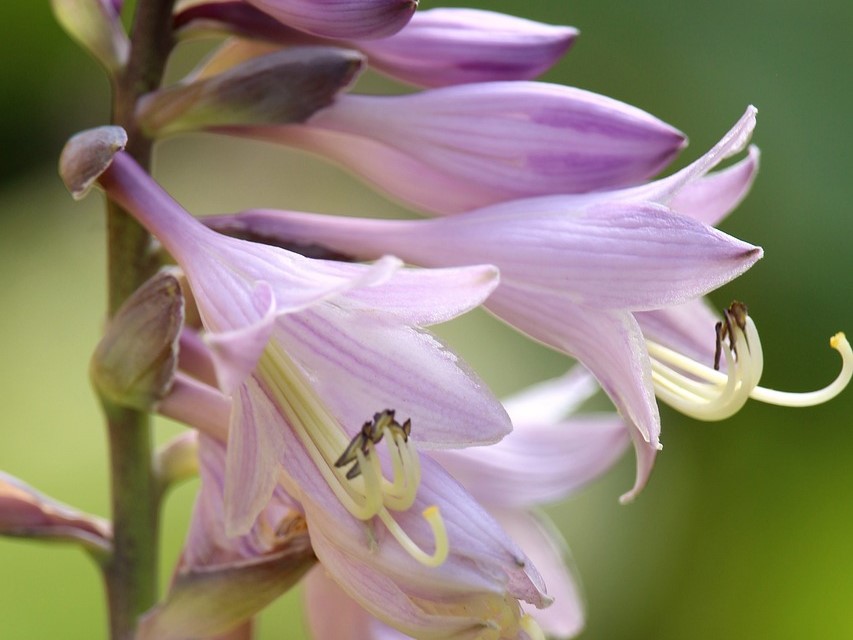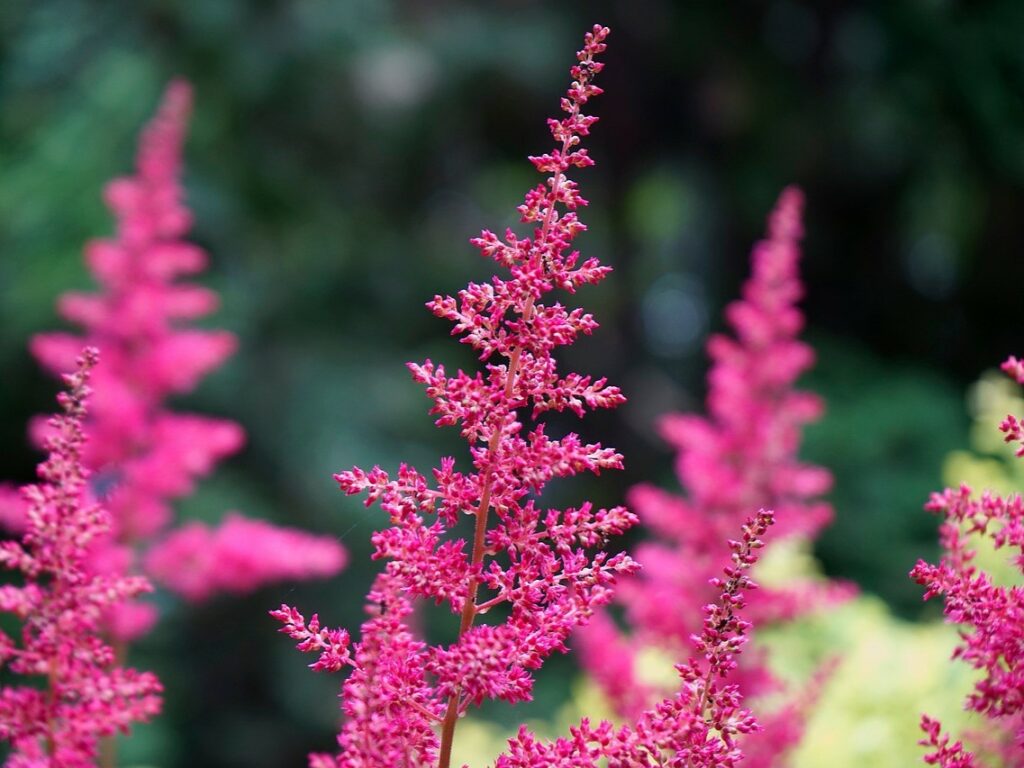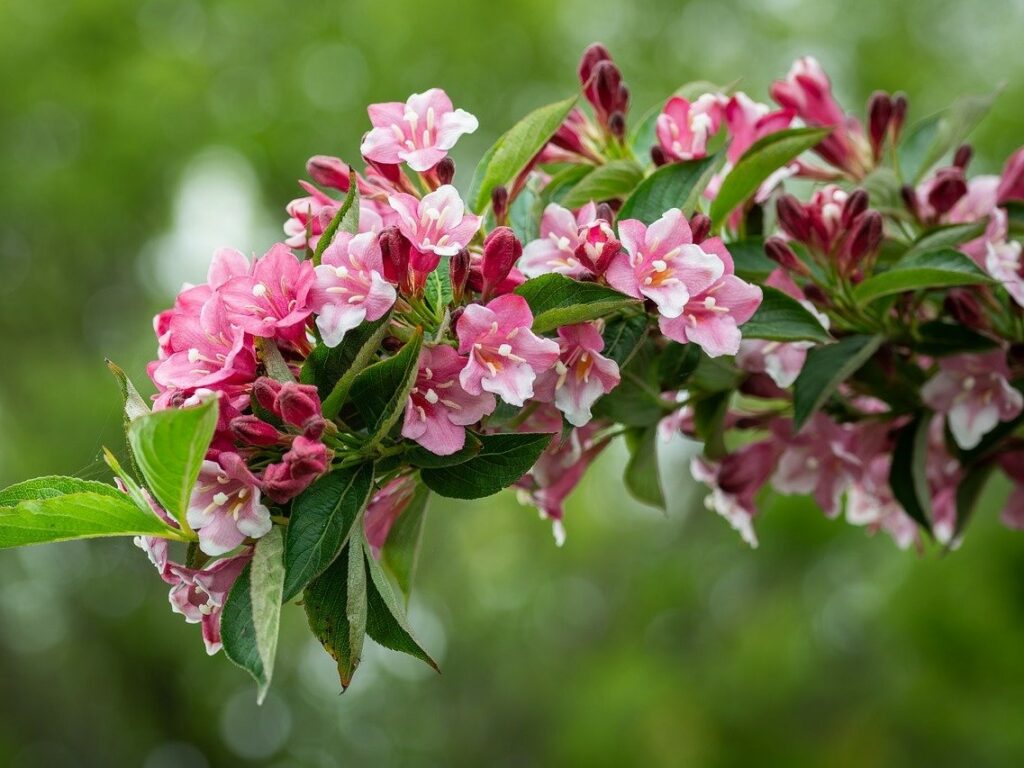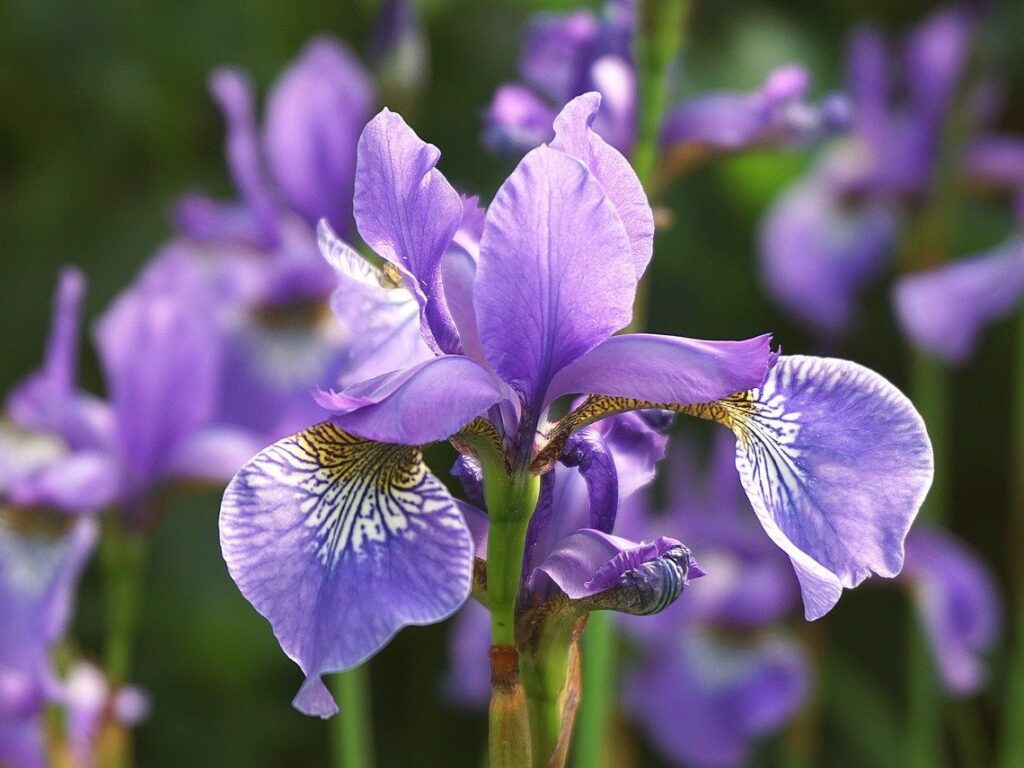Typically, plants require a good balance of sunlight and water to flourish. Nearly every garden features shaded areas, but this won’t be an issue if you choose the right plants for the spot! Plenty of plants can thrive in wet soil with limited sunlight, and we’ll cover this in our guide to plants for damp and shaded areas below:
Shrubs For Damp & Shade
Perennials For Damp & Shade
Climbers For Damp & Shade
Preparing The Space
Whilst damp & shade are ideal for some plants, you’ll still need to prepare your space before you do any planting.
Enhance the soil quality
Add plenty of organic materials like well-rotted manure or compost. This helps to break the clay into smaller chunks. If the soil is consistently moist, it is clay-based and can be enhanced by adding coarse grit to boost drainage.
Light Levels
To improve light levels, consider thinning and pruning tree canopies above your planting space.
Mulch
The condition of your soil will not improve within one season, be sure to continue adding mulch to your soil.
Plant Selection
Ensure that you plan to plant shrubs, foliage etc. that are able to withstand damp and shady conditions. Only a few plants can endure and survive prolonged periods of waterlogged conditions. When soil is saturated with water, it displaces air potentially causing plant roots to drown. This issue often arises in poorly drained soils, or when heavy soil becomes compacted. However, many plants can thrive in soils that are consistently moist as long as there is sufficient oxygen. Clay soils share similarities with wet soils, so choosing plants that thrive in clay can be beneficial.




Check Your Soil
When soil has become wet it could either be that it’s compacted or has a high water table. To check the conditions of your soil:
- Dig a pit, with straight sides, to a depth of approximately 60cm (2ft)
- To prevent rain from entering the hole you’ve dug, cover it up and leave it overnight.
- Water accumulates in the pit = your soil has a high water table
- However if there is no water, fill the pit with water and leave covered again
- Water remains = your soil has poor drainage.
To better understand the soil you have to work with:
- Most plants roots rest within the top 50cm of the soil surface
- If roots do not penetrate deeply into the soil, or are obstructed by a hard layer, you’ll need to dig and loosen up the soil to allow drainage
- You’ll need to turn to raised beds if the topsoil (darker layer) is on top of a thick layer of clay or rock, as digging won’t be sufficient
Gardening With Wet Soil
If your soil has poor drainage and not a high water table then add plenty of organic matter to it. This is beneficial as it will break the clay into smaller pieces. One barrow load per square metre is enough to make a difference. With soil that has a high water table, it’s best to either plant a bog garden or install artificial draining systems.
If you found our guide to plants for damp and shaded areas useful and are looking for more gardening advice, click here to discover more of our gardening guides